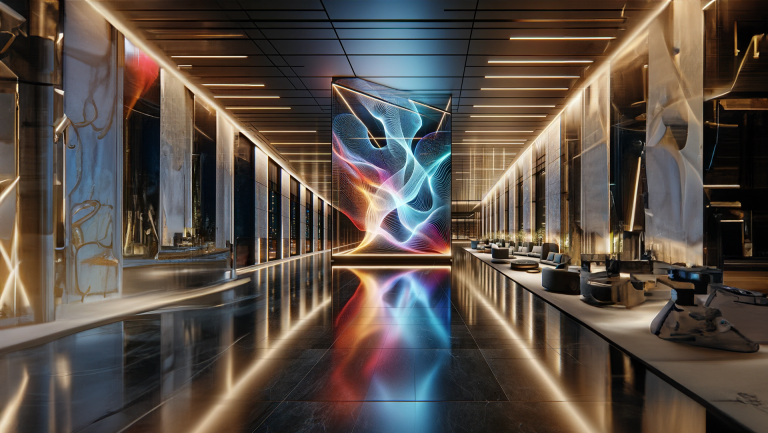Overthinking vs. Daydreaming: One Fuels Your Business, the Other Kills It
At Website Store, we believe that great businesses don’t just happen—they’re built on big ideas and bold action. But too many entrepreneurs fall into overthinking, mistaking it for planning. Meanwhile, truly successful business owners harness the power of daydreaming—using it to spark creativity and drive progress.
So, what’s the difference? One paralyzes you; the other propels you. Let’s break it down.
What Is Overthinking?
Overthinking happens when your mind gets stuck in an endless loop of doubt, fear, and indecision. Instead of taking action, you keep analyzing every detail, worrying about failure before you even start.
Signs You’re Overthinking in Business:
- ❌ Spending weeks (or months) debating a business decision without acting.
- ❌ Avoiding a product launch because it’s not “perfect” yet.
- ❌ Replaying worst-case scenarios instead of testing real-world solutions.
- ❌ Second-guessing every marketing move or pricing strategy.
- ❌ Feeling mentally drained without making progress.
Overthinking is the enemy of execution. While you’re analyzing, your competitors are launching.
What Is Daydreaming?
Daydreaming, on the other hand, is where business innovation happens. It allows your mind to explore new possibilities without fear, helping you generate fresh ideas, solutions, and strategies.
Signs of Productive Daydreaming:
- ✅ Imagining creative branding ideas or marketing campaigns.
- ✅ Thinking about solutions instead of dwelling on problems.
- ✅ Envisioning new ways to connect with your audience.
- ✅ Feeling inspired and energized rather than overwhelmed.
- ✅ Using creativity to build rather than fear to hesitate.
Every major business—from Apple to Amazon—started as someone’s daydream. The difference? They acted on it.
The Fundamental Difference: Fear vs. Freedom
Here’s the real distinction between overthinking and daydreaming:
🔴 Overthinking is driven by fear. Fear of failure. Fear of judgment. Fear of imperfection. It keeps you stuck.
🟢 Daydreaming is driven by freedom. It allows your mind to explore possibilities without pressure, leading to breakthrough ideas and bold moves.
How Overthinking Kills Your Business
Let’s be clear: overthinking is a business killer. It keeps you stuck in “what if” mode instead of launching, testing, and improving.
Why Overthinking Stops Business Growth:
- 🚫 It prevents execution. You overanalyze and delay action.
- 🚫 It breeds self-doubt. Every decision feels wrong before you even try.
- 🚫 It kills momentum. Overthinking one step makes the next step even harder.
- 🚫 It wastes time. Instead of making money, you’re stuck in a mental maze.
Meanwhile, your competitors are moving forward while you’re standing still.
How Daydreaming Fuels Business Innovation
The most successful entrepreneurs and brands daydream strategically. They envision, create, and execute, turning ideas into action.
How Daydreaming Transforms Business Growth:
- ✅ Helps you see gaps in the market.
- ✅ Sparks creative marketing strategies.
- ✅ Enables new ways to position your brand.
- ✅ Fosters problem-solving and breakthrough thinking.
- ✅ Gives you the confidence to try, test, and refine.
Real-World Example: Website Store’s SmartSite Technology
At Website Store, we didn’t build SmartSite AI by overthinking every detail—we daydreamed about what business owners really need and executed on that vision. The result? An AI-powered website system that helps businesses scale faster and smarter.
Final Takeaway: Website Store’s Approach
At Website Store, we don’t overthink—we build. And we help our clients do the same.
Overthinking stalls businesses.
Daydreaming scales them.
👉 Visit Website Store and let’s turn your vision into action today.












